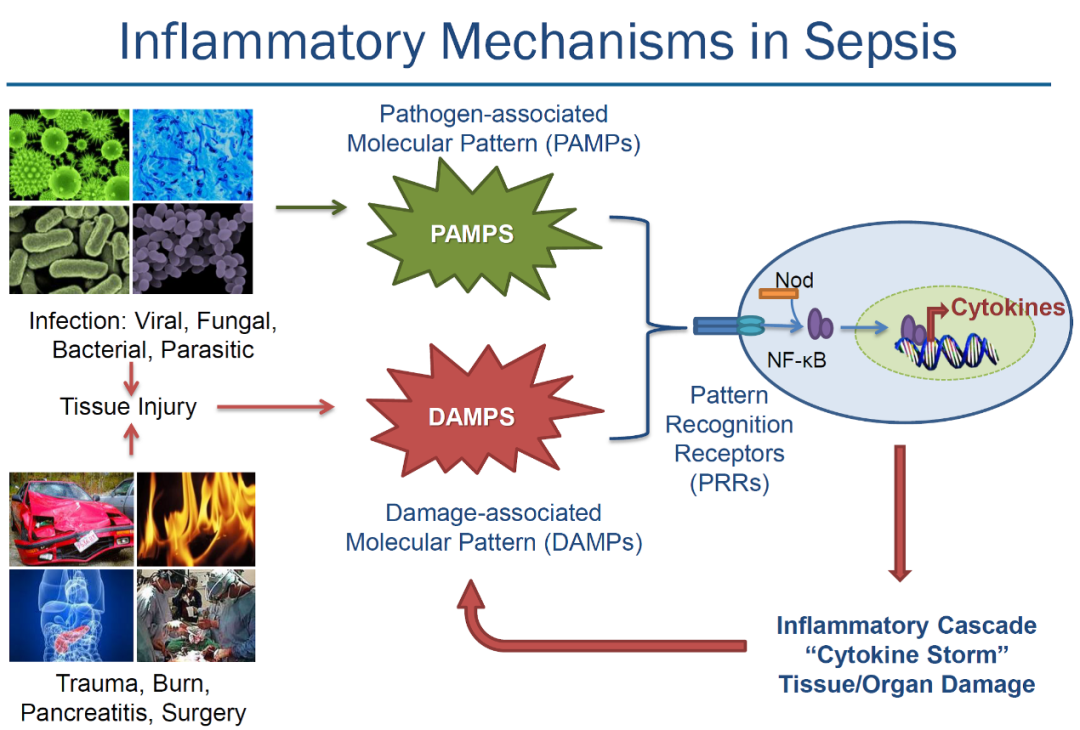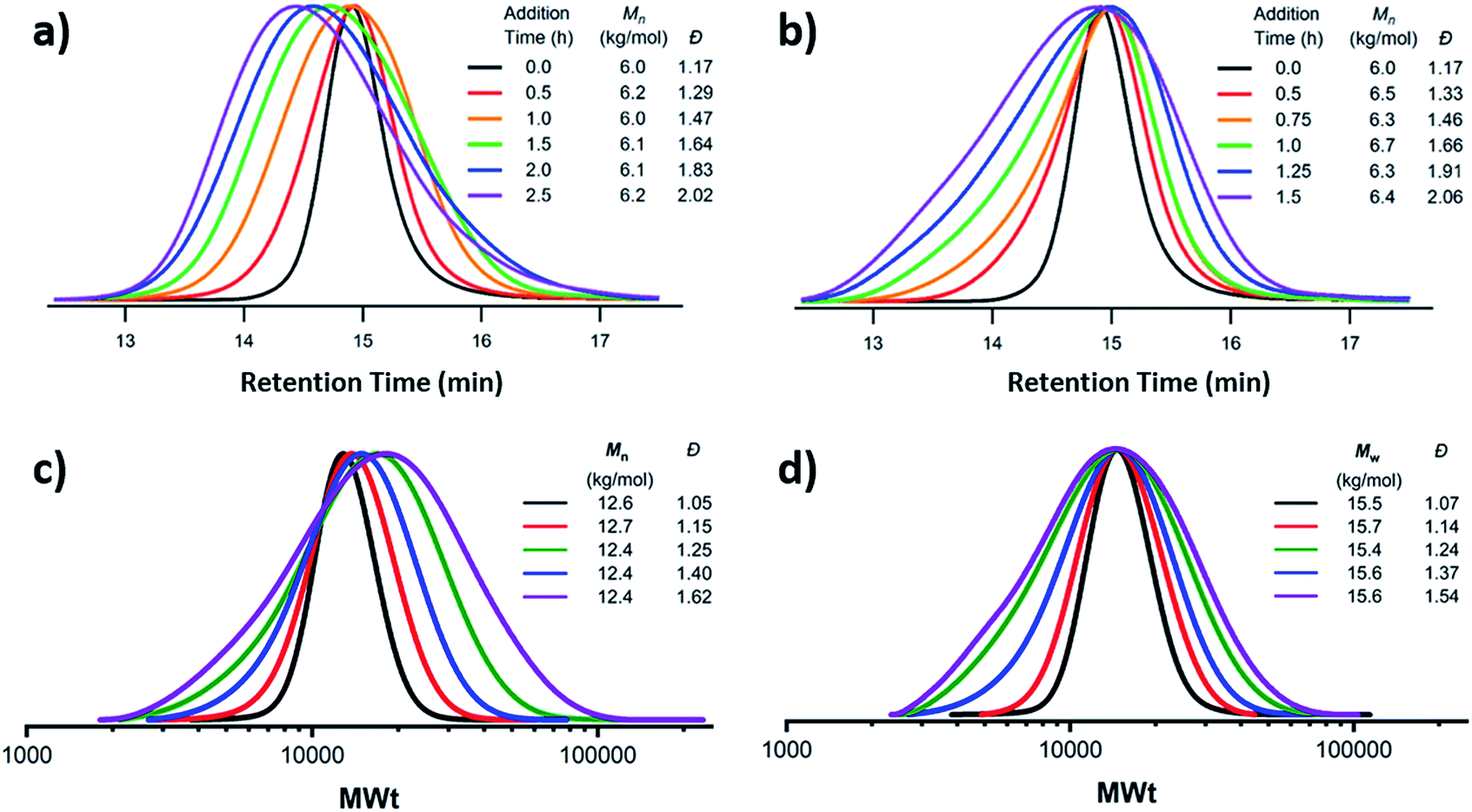
Making the radicals in the first place is probably the slow part because it is heavily dependent on bond breaking, which is energy intensive. In this particular situation, the way of getting around this situation is to assume that the decomposition of the initiator is the rate determining step. We usually look for ways to express the rate law in ways that do not include reactive intermediates.

It's not a very helpful rate law, because the reactive intermediate isn't something that we have directly measured out and added to the reaction, and it might not even occur at high enough levels that we can measure its concentration as the reaction progresses. That rate law depends on a reactive intermediate. It requires a collision between the radical and a monomer, so the rate of initiation depends on those two concentrations and the chain initiation rate constant, k i.

This step consumes the first monomer and produces a new radical species which will become the growing radical chain. Although this is formally a radical propagation step, in polymer chemistry it is termed the initiation step, because it is the first time a monomer has undergone radical addition. Of course, radical addition to a double bond results in a new radical where the double bond used to be. Once the radicals have been generated, they are able to undergo radical addition to a monomer double bond. The rate of decomposition depends only on the decomposition rate constant and the concentration of the initiator. Chain reactions are classically illustrated by radical chemistry, so we will look at a treatment of radical chain polymerization to see some of the factors that influence polymerization rates.Ī typical radical polymerization starts with the thermal decomposition of a radical initiator to provide two radicals. Whether it occurs through an anionic, cationic, or radical mechanism, polymerization of alkenes involves a chain reaction.

The polymerization of alkenes occurs in a very different way than monomers that undergo condensation reactions.


 0 kommentar(er)
0 kommentar(er)
